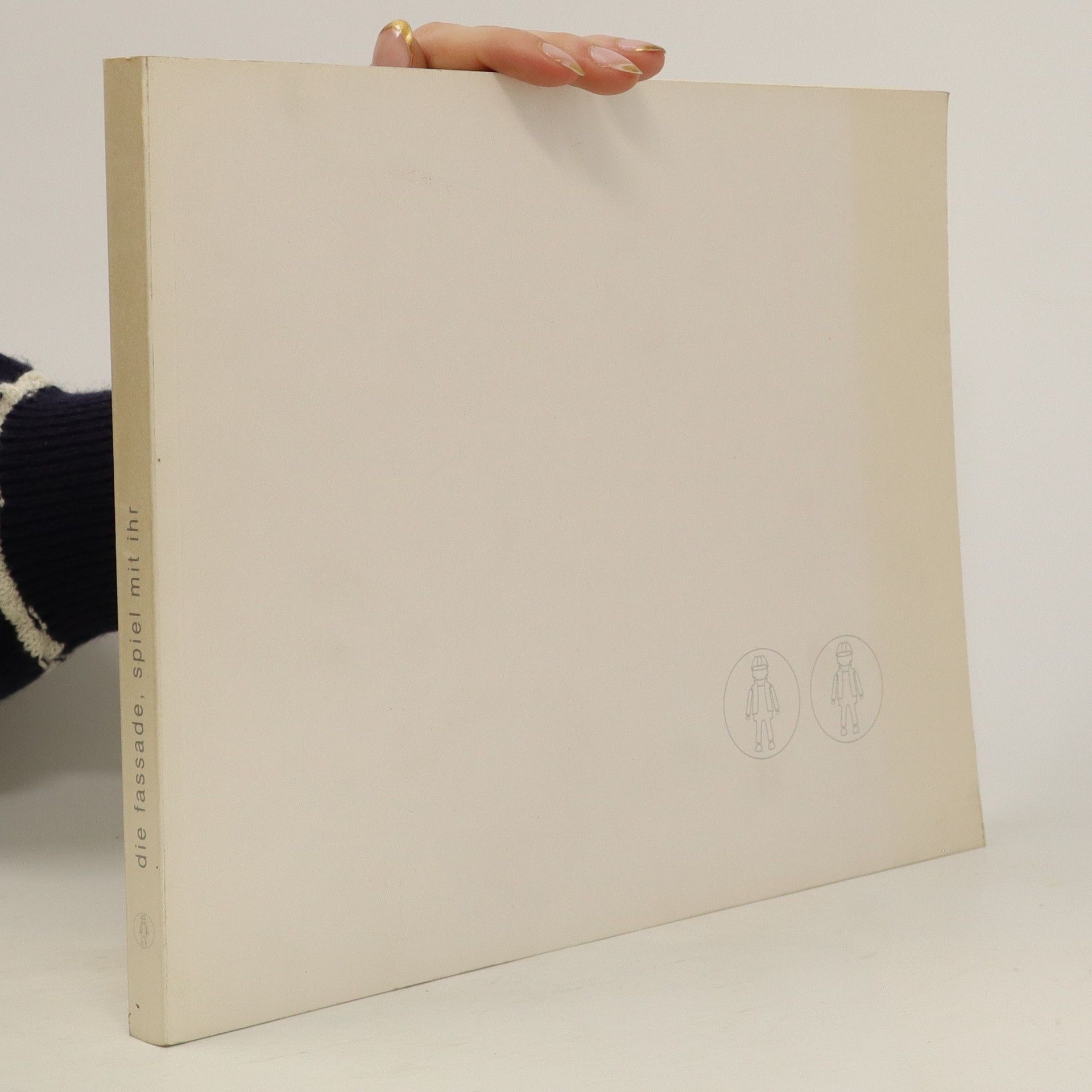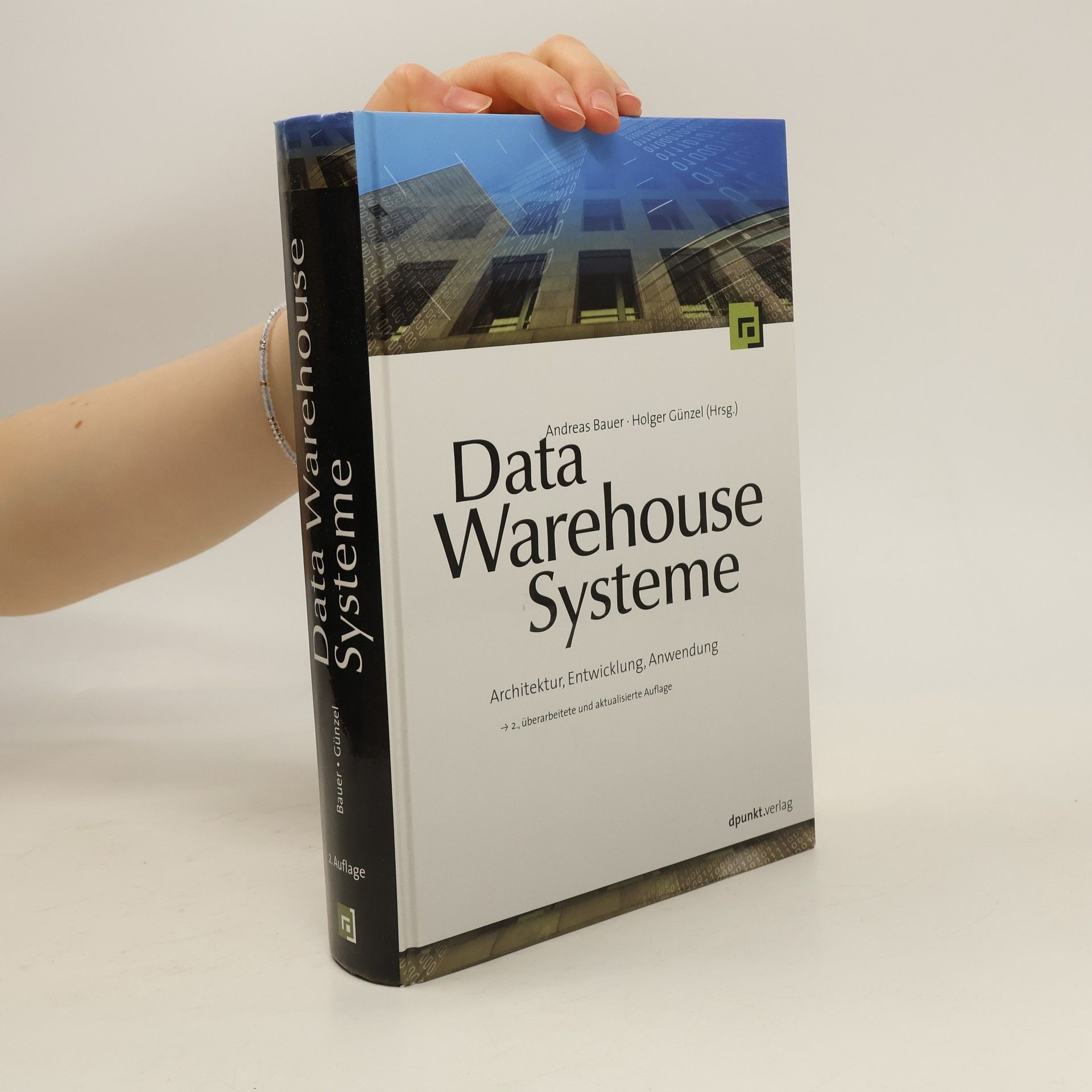Moment of Truth
- 200 pages
- 7 hours of reading
Book by Bauer, Andreas, Bloching, Bjoern, Howaldt, Kai, Mitchell, Alan






Book by Bauer, Andreas, Bloching, Bjoern, Howaldt, Kai, Mitchell, Alan
Drei Jahre nach der ersten Auflage bleibt das Thema „Data-Warehouse-Systeme“ von großer Bedeutung. In Unternehmen werden Daten oft redundant und unbeabsichtigt über verschiedene Datenbanken verteilt, was zu unzureichender Datenqualität führt und eine schnelle Analyse erschwert. Dieses Lehrbuch bietet fundierte Einblicke in die Architektur und Entwicklung von Data-Warehouse-Systemen sowie in den gesamten Prozess – vom Laden der Daten bis zur Auswertung. Der Fokus liegt auf der Konzeption, Modellierung und Optimierung von Datenbanken. Anwendungsbereiche wie betriebswirtschaftliche, wissenschaftliche und technische Einsatzmöglichkeiten werden aufgezeigt, und es werden Hinweise für den Aufbau und die Wartung eines Data-Warehouse-Systems gegeben. Begriffsdefinitionen und ein durchgängiges Anwendungsbeispiel ermöglichen einen umfassenden Einblick. Praxisbeispiele aus Data-Warehouse-Projekten vermitteln Erfahrungen und identifizieren potenzielle Fehlerquellen. Das Buch dient sowohl als Lehrbuch als auch als Nachschlagewerk. In der 2. Auflage wurde der Text aktualisiert, die Methodik verfeinert und neue Technologien wie .NET und J2EE sowie Standards wie XML integriert. Der Anwendungsteil wurde übersichtlich strukturiert. Die Autoren bieten eine wertvolle Ressource für Fachleute und Studierende in diesem dynamischen Wissensbereich.
Zum Aufbau des Schulbuchs Das Lehrwerk ist fachsystematisch strukturiert und deckt den aktuellen Bildungsplan mit all seinen Anforderungen vollständig ab. Jedes Hauptkapitel startet mit einer Doppelseite, die kurz den Inhalt vorstellt und mit einem großen motivierenden Foto zum Kapitelthema hinführt. Die Informations-Seite am Kapitelanfang beginnt jeweils mit einem themenbezogenen Einstiegsfoto. Der daran anschließende Einstiegstext orientiert sich an der Abbildung und endet mit einer zum Kapitelinhalt einführenden Frage. Auf der Material-Seite gibt es Aufgaben aller Anforderungsniveaus. Diese berücksichtigen darüber hinaus Kompetenzbereiche aus den KMK-Empfehlungen zum Mittleren Bildungsabschluss. Im-Blickpunkt-Seiten zeigen zusätzliche Kontextbezüge - auch im Sinne eines fächerübergreifenden Arbeitens. Die Methoden-Seiten stellen wichtige Arbeitsmethoden der Biologie dar - die Schüler/-innen können die erlernten Methoden direkt auf der Material-Seite anwenden. Basiskonzepte werden gemäß den Bildungsstandards an konkreten Beispielen eingeführt, auf den Material-Seiten wieder aufgegriffen und im Grundwissen verknüpft. Grundwissen-Seiten fassen zentrale Inhalte am Ende der Hauptkapitel zusammen. Kapitel des Schulbuchs Die Biologie beschäftigt sich mit Lebewesen Säugetiere sind Wirbeltiere Tiere im Jahresverlauf Der Mensch Vögel sind Wirbeltiere Weitere Wirbeltiere Blütenpflanzen
Das perfekte Geschenk für den Modellbahnfreund! Ein preisgünstiges und dabei umfangreiches Buch: Rund 250 Seiten geballte Information, eine Fülle an Fotos und Skizzen helfen bei der Umsetzung der eigenen Anlage! Lassen Sie sich von den Praktikern der Modelleisenbahner und ihren erprobten Anlagenrealisierungen anspornen und inspirieren! Von der ersten Idee bis zum endgültigen Plan: Neueinsteigern und Fortgeschrittenen bietet dieses Buch wertvolle Inspiration und Hilfestellung bei der Realisierung Ihrer Traum-Modelleisenbahnanlage. Zeitraubende Fehler bei der Gleisplanung werden mit diesem Buch garantiert vermieden. Die Suche nache einem möglichst perfekten Anlagenplan, der optimal auf die persönlichen und technischen Anforderungen zugeschnitten ist, hat wohl schon mach einen Modellbahnbegeisterten viel Nerven und Geduld abverlangt. Dieses hilfreiche Buch bietet unverzichtbare Unterstützung bei der Planung der eigenen Wunschtraumanlage!
Falten und Schenken Fische und Vögel, Mäuse und Frösche, Schmetterlinge und Blumen, Tannenbäume und Sterne, Herzen und Schachteln. Aus Geldscheinen gefaltet werden sie zu einem ganz besonderen Geschenk. Dabei macht schon das Falten viel Spaß und die Beschenkten freuen sich über die originellen Motive.